Hair often serves as a mirror reflecting our overall health and beauty. Despite our best efforts, however, various factors can lead to hair damage. Whether it’s due to excessive heat styling, harsh environmental conditions, or chemical treatments, damaged hair can be a source of frustration. Understanding the different types of hair damage and how to fix them is crucial for maintaining luscious, healthy locks. This comprehensive guide will explore common forms of hair damage and provide practical solutions to restore your hair to its natural brilliance.
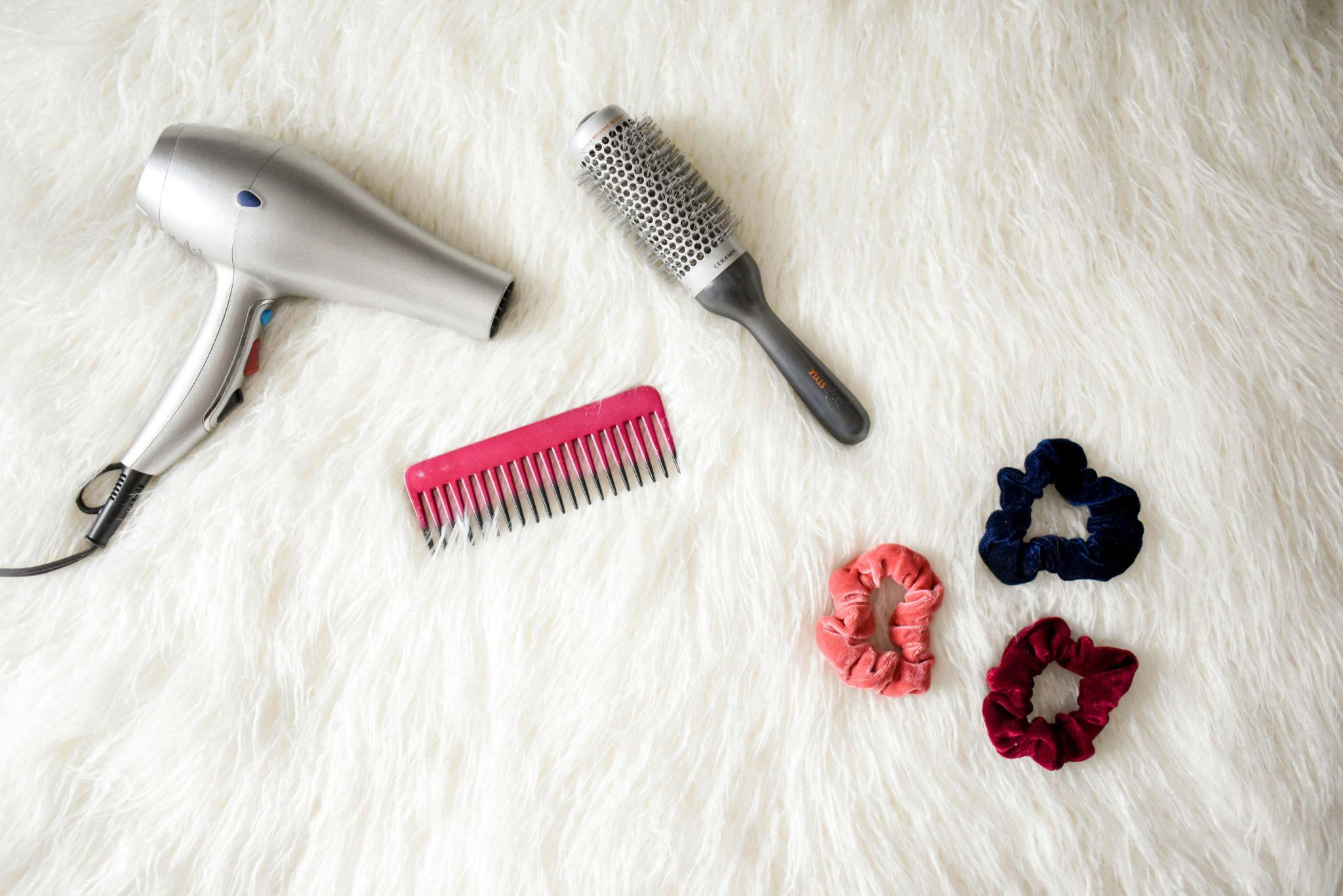
Understanding Different Types of Hair Damage and How to Fix Them
Hair damage manifests in several forms, each necessitating a unique approach for repair. Let’s delve into the most prevalent types and discover effective remedies for each.
1. Heat Damage
What is Heat Damage?
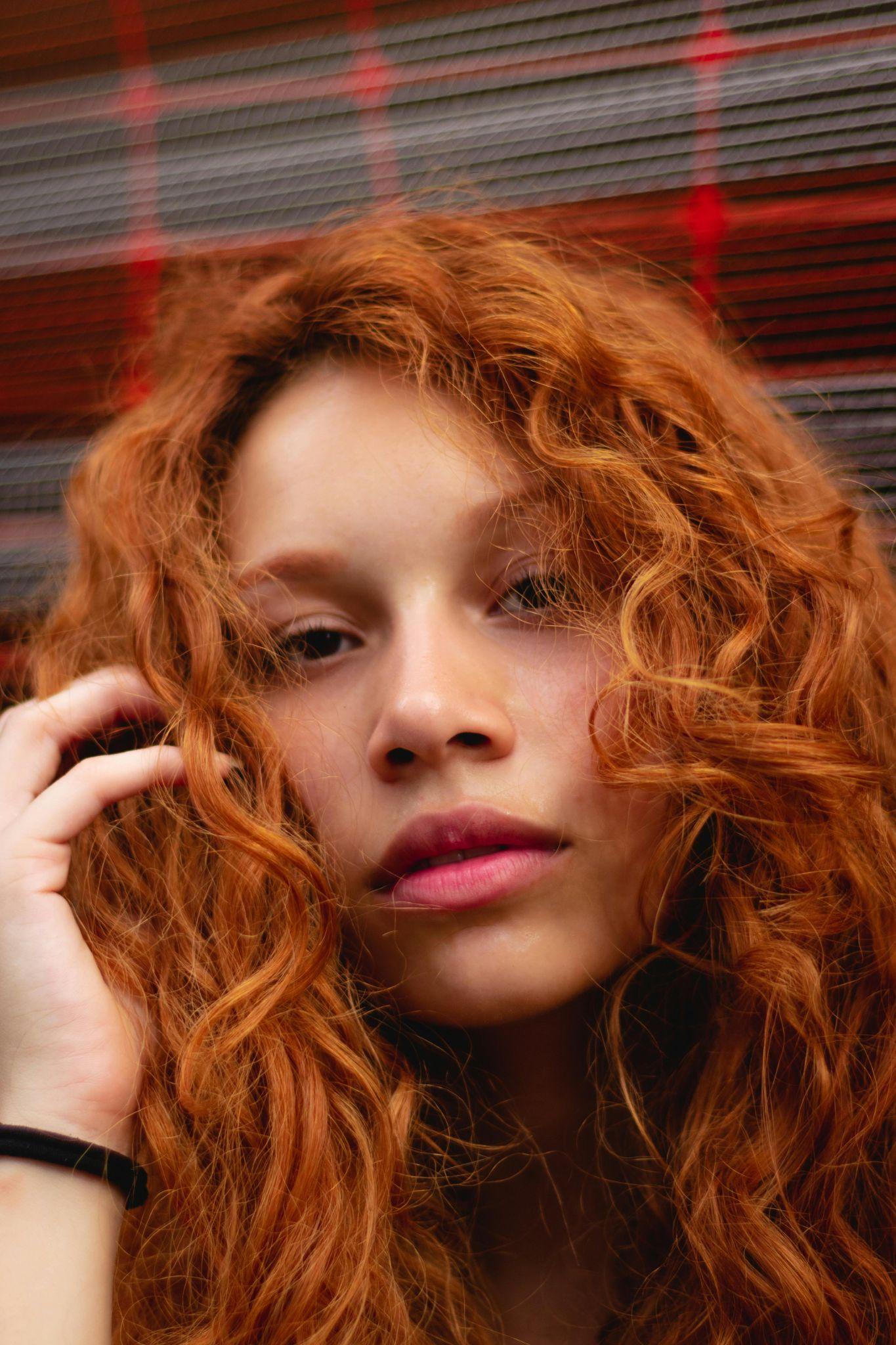
Heat damage occurs when hair is exposed to high temperatures from styling tools such as flat irons, curling wands, or hair dryers. Excessive heat can compromise the hair’s protein structure, resulting in dryness, brittleness, and split ends.
Signs of Heat Damage
- Dryness: Hair feels rough and lacks moisture.
- Breakage: Strands snap easily.
- Split Ends: The hair splits into multiple ends.
How to Fix Heat Damage
- Minimize Heat Exposure: Use heat styling tools sparingly and always apply a heat protectant spray.
- Opt for Lower Temperatures: Adjust your tools to the lowest effective temperature.
- Deep Conditioning Treatments: Apply a hydrating hair mask or deep conditioner once a week.
- Trim Regularly: Cut off split ends to prevent further damage.
2. Chemical Damage

What is Chemical Damage?
Chemical damage arises from the use of hair dyes, perms, relaxers, and other chemical treatments. These products alter the hair’s natural structure, which can lead to weakened strands and a decline in overall hair health.
Signs of Chemical Damage
- Weakness: Hair feels limp and fragile.
- Frizz: Increased frizziness and lack of smoothness.
- Loss of Elasticity: Hair stretches without returning to its original shape.
How to Fix Chemical Damage
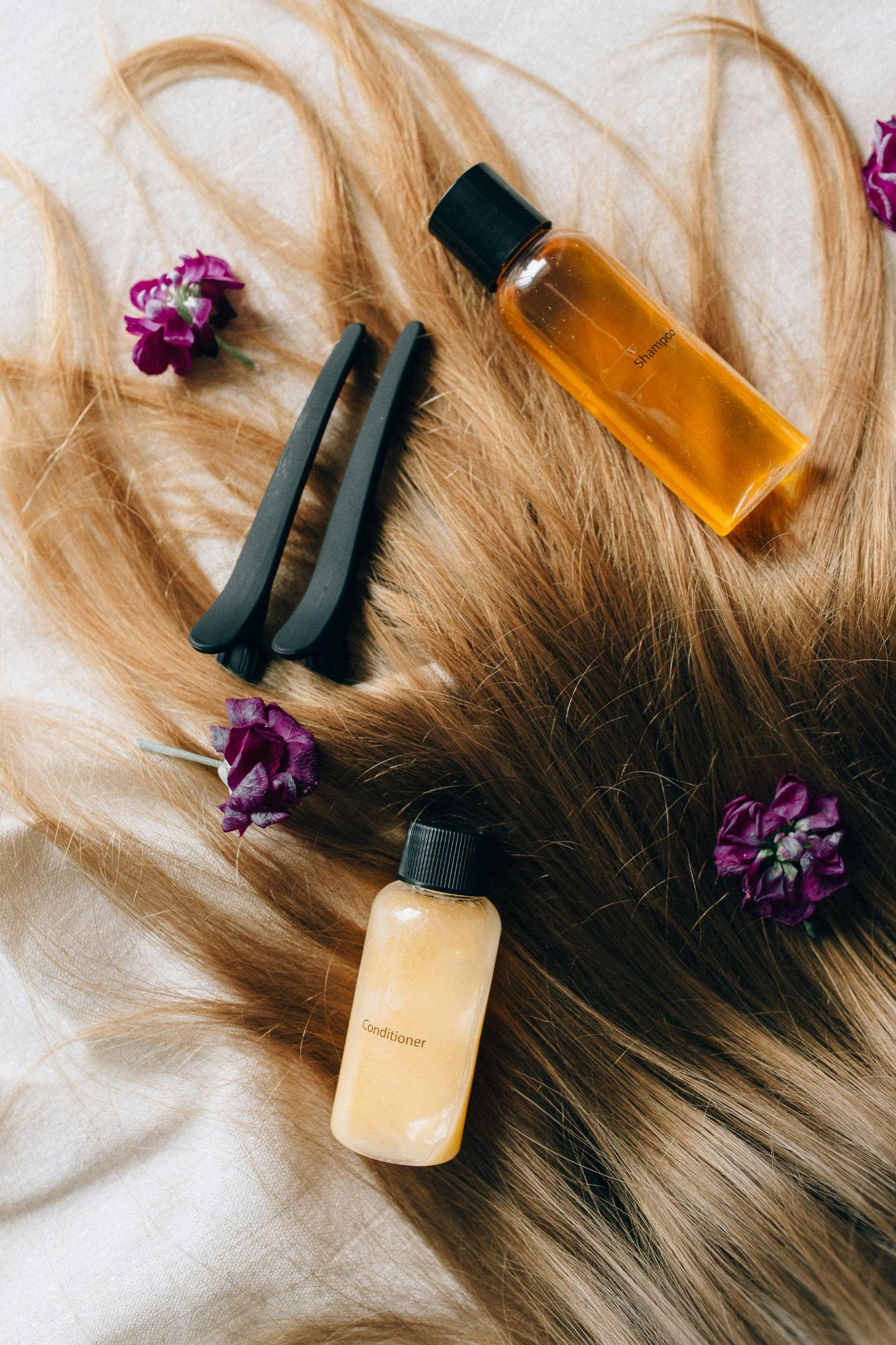
- Avoid Additional Chemicals: Give your hair a break from further chemical treatments.
- Use Protein-Rich Products: Strengthen your hair with protein treatments designed to restore its structure.
- Moisturize Regularly: Apply leave-in conditioners and oils to keep hair hydrated.
- Consult a Professional: For severe damage, seek advice from a hair care professional for personalized treatments.
3. Environmental Damage
What is Environmental Damage?
Environmental damage occurs due to prolonged exposure to harsh elements such as the sun, wind, and pollution. UV rays, in particular, can deplete the hair’s protein and moisture levels, leading to dull, lifeless hair.

Signs of Environmental Damage
- Dullness: Hair lacks shine and vibrancy.
- Color Fading: Natural or artificial color diminishes more quickly.
- Dryness and Tangling: Hair becomes harder to manage and more prone to tangling.
How to Fix Environmental Damage
- Protect Your Hair: Wear hats or scarves to shield your hair from the sun and harsh weather conditions.
- Use UV Protection Products: Apply hair products that offer UV protection.
- Hydrate and Nourish: Use moisturizing shampoos and conditioners to replenish lost moisture.
- Regular Rinsing: Wash your hair after exposure to chlorine or saltwater to remove residues. https://hairproductschoice.com/best-hair-oils-for-nourishing-and-strengthening-your-locks/
4. Mechanical Damage
What is Mechanical Damage?

Mechanical damage is caused by physical stress to the hair, often from brushing, combing, or tight hairstyles. Frequent pulling and friction can lead to breakage and weakened hair.
Signs of Mechanical Damage
- Breakage: Hair breaks off at various lengths.
- Tangled Hair: Hair knots easily.
- Uneven Texture: The hair feels uneven and rough.
How to Fix Mechanical Damage
- Use Gentle Brushes: Opt for wide-toothed combs and brushes with soft bristles.
- Avoid Tight Hairstyles: Limit the use of tight ponytails and braids that pull on your hair.
- Be Gentle When Wet: Hair is more vulnerable when wet; gently pat it dry with a towel instead of rubbing.
- Condition Regularly: Use conditioners that provide slip and reduce friction during detangling.
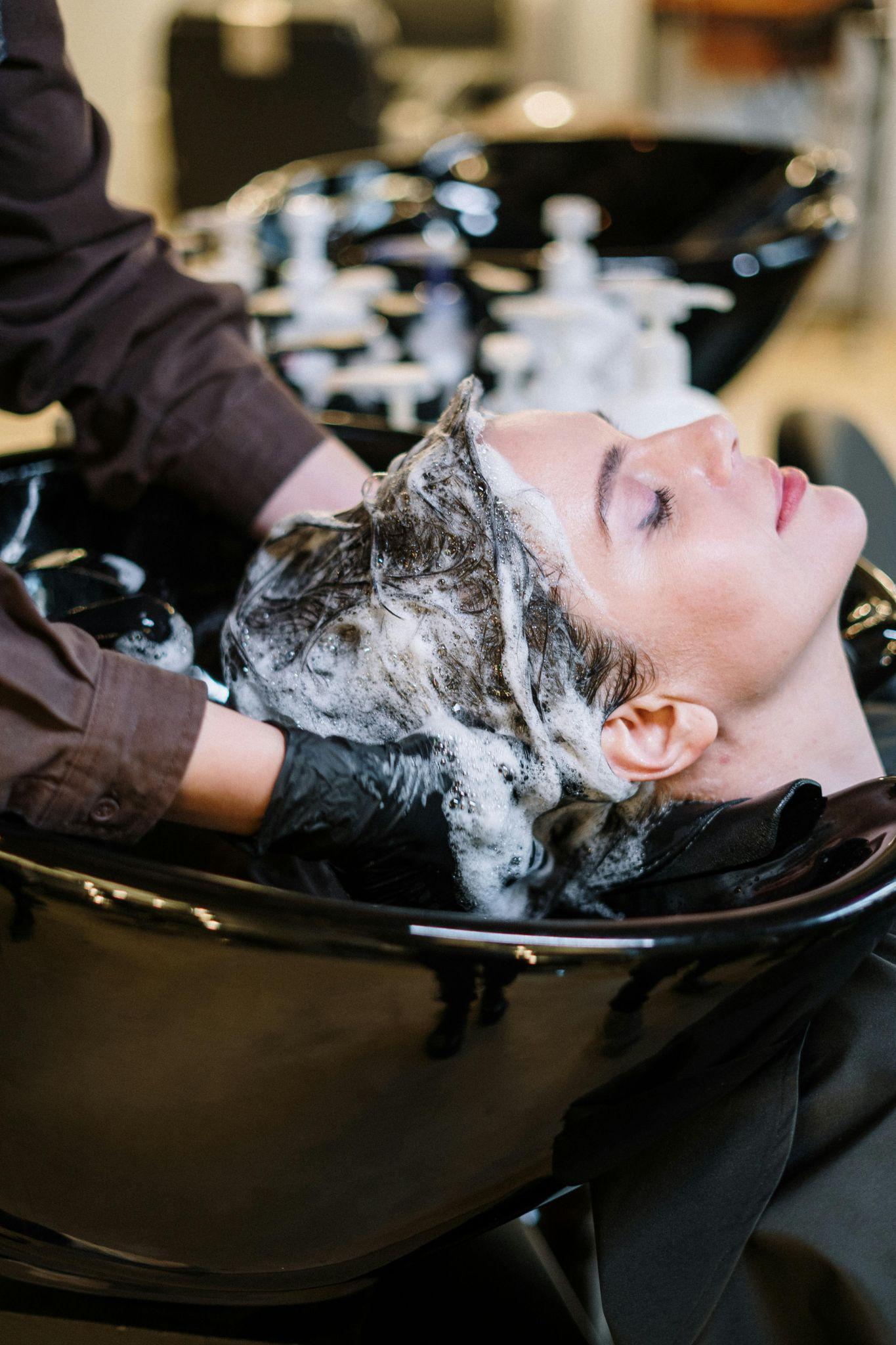
5. Over-Washing
What is Over-Washing?
Over-washing occurs when hair is cleansed too frequently, stripping it of its natural oils and leading to dryness and scalp irritation.
Signs of Over-Washing
- Dry Scalp: Flaky or itchy scalp.
- Dry Hair: Hair feels brittle and lacks natural shine.
- Increased Oil Production: Scalp produces more oil to compensate for loss.
How to Fix Over-Washing
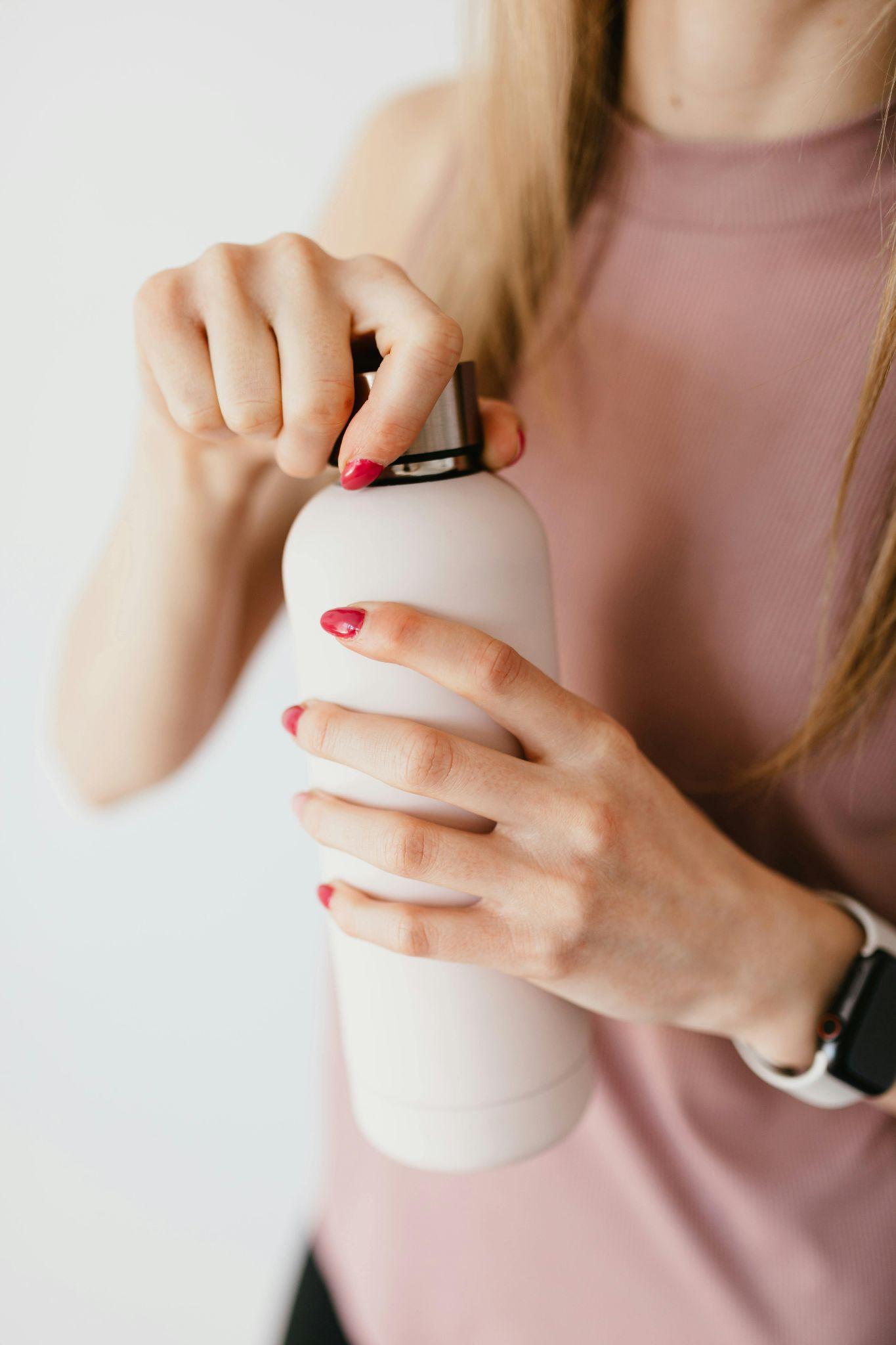
- Reduce Washing Frequency: Aim to wash your hair 2-3 times a week or as needed based on your hair type.
- Use Mild Shampoos: Choose sulfate-free shampoos that are gentle on the scalp.
- Condition Appropriately: Apply conditioner to the ends of your hair, avoiding the scalp if it is prone to oiliness.
- Incorporate Dry Shampoo: Use dry shampoo between washes to manage oiliness without over-washing. https://hairproductschoice.com/
Understanding the different types of hair damage and how to fix them is crucial for maintaining healthy, beautiful hair. From heat and chemical damage to environmental, mechanical, and over-washing issues, each type of damage requires specific treatments and care strategies. By adopting preventive measures and using targeted remedies, you can restore your hair’s vitality and keep it looking its best.
Remember, achieving healthy hair goes beyond merely treating damage. It involves a comprehensive hair care routine that includes protection, hydration, and proper maintenance. With the right approach, you can overcome the challenges of hair damage and enjoy a head of gorgeous, resilient hair.